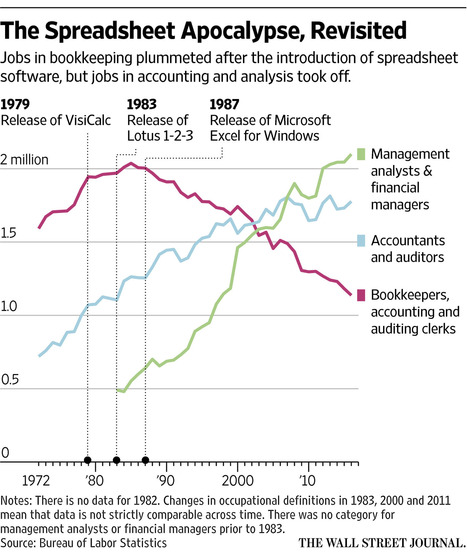(p. C6) Instead of “The Moralist: Woodrow Wilson and the World He Made,” Patricia O’Toole could have titled her new book “The Hypocrite.”
After all, as she herself points out, to lay claim to the moral high ground as often and as fervently as President Wilson did during his eight years in the White House was to court charges that he failed to live up to his own principles. He called for an end to secret treaties while negotiating secretly with the Allies in World War I. He declared himself unwilling to compromise with belligerents abroad while showing himself very willing to compromise with segregationists at home. He pursued a progressive economic agenda while approving a regressive racial one. He spoke of national self-determination in the loftiest terms while initiating the American occupation of Haiti and the Dominican Republic.
. . .
“The Moralist” suggests that Wilson’s betrayal of black Americans was born from simple expedience — that he allowed the segregation of the Civil Service because he desperately needed the votes of Southern congressmen in order to pass his progressive economic agenda, including the introduction of a federal income tax.
“He knew the segregation was morally indefensible, but ending it would have cost him the votes of every Southerner in Congress,” O’Toole writes.
The second part of her sentence is largely correct, but how can she be so sure about the first? As evidence she cites Wilson’s own pleas to his critics. “I am in a cruel position,” he told the chairman of the N.A.A.C.P., insisting he was “at heart working for these people.” The testy exchange apparently left Wilson so rattled he took to his bed for a week.
But as O’Toole herself shows, his cries of political constraints were later followed by his claims that politics were irrelevant to racism anyway. In 1914, Wilson told the African-American editor William Monroe Trotter that eliminating segregation wouldn’t do anything for racial animus, which he called “a human problem, not a political problem.” (Wilson took to his bed after that “bruising quarrel” with Trotter, too.).
For the full review, see:
Jennifer Szalai. “BOOKS OF THE TIMES; Woodrow Wilson’s Flawed Idealism.” The New York Times (Wednesday, May 2, 2018): C6.
(Note: ellipsis added.)
(Note: the online version of the review has the date May 1, 2018, and has the title “BOOKS OF THE TIMES; In ‘The Moralist,’ Woodrow Wilson and the Hazards of Idealism.”)
The book under review, is:
O’Toole, Patricia. The Moralist: Woodrow Wilson and the World He Made. New York: Simon & Schuster, 2018.

